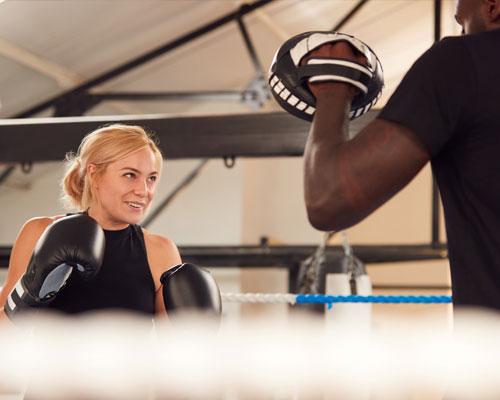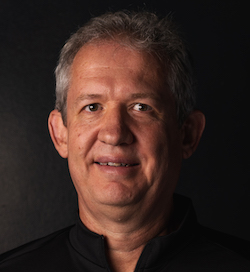features
Fitness Foresight™ 2015
fitnessforesight.com looks at trends and influences, and identifies opportunities for industry growth and diversification
MENTAL HEALTH
THE FEELGOOD FACTOR
The World Health Organisation forecasts that, by 2020, depression will be second only to coronary heart disease as a leading contributor to the global disease burden. Already in the UK, roughly one in six of us experience a mental health problem at any one time, costing the economy £105bn a year.
Given the numerous studies proving the benefits of exercise for mental health, we expect gyms to pick up on the ‘feelgood factor’ message a lot more – not least because it has the potential to be even more compelling and universally appealing than conventional themes like weight loss: in a survey by mental health charity MIND, 83 per cent of respondents said they exercised to help lift their mood or reduce stress, while seven out of 10 gym users with no mental health issues thought their mental wellbeing would suffer if they didn’t exercise.

CHARITABLE THINKING
BEYOND THE BOTTOM LINE
Driven by initiatives such as Gymtopia (www.gymtopia.org), more businesses will recognise the value of having an altruistic purpose.
While the fitness sector has a worthy mission at its heart – improving people’s health – major corporate social responsibility (CSR) initiatives remain thin on the ground, with most efforts limited to one-off charity fundraisers. We foresee an uplift in committed CSR partnerships as the industry matures and takes a longer-term view, appreciating that such projects can help create a more valued, sustainable organisation.

HUBS FOR HEALTH
WELLNESS CITIES
Health clubs are already beginning to embrace the broader concept of wellness rather than just fitness, but could we be reaching a point where we witness the emergence of entire wellness cities?
These could become hubs for wellbeing where everything has been designed (or redesigned) with health in mind: from the green spaces outside and fresh air we breathe, to buildings that incorporate circadian lighting and water filtration systems. Active design – whereby streets and buildings have attractive opportunities for physical activity embedded into them – would also be key, and health clubs and integrated spas offering a multitude of wellness services would feature heavily.
The vision of building entire cities around wellness is a powerful one that most people can relate to and find compelling and attractive. And although the idea of wellness environments isn’t new, we’re a approaching a time when the concept will reach tipping point and enter the mainstream.
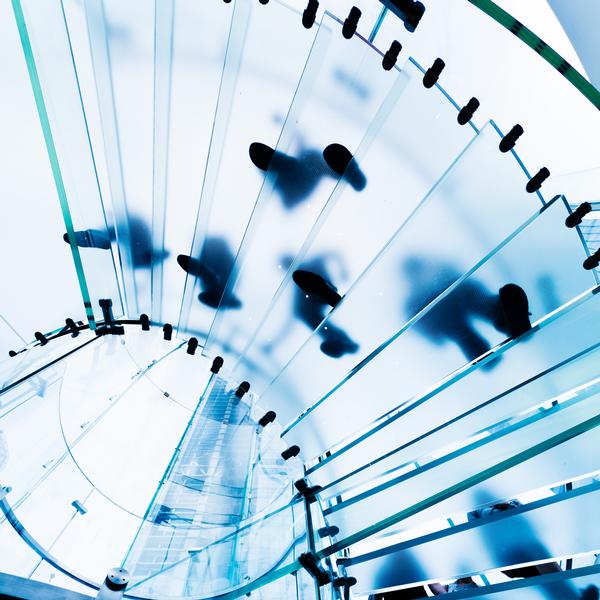
PLAYTIME
MAKING FITNESS FUN
We expect to see a higher degree of fun, spontaneity and play brought into fitness offerings – not only for children but also for adults – to get around people’s mental block when it comes to doing structured exercise.
There are already several great initiatives that aim to introduce ‘just for the fun of it’ movement into daily lives: one lovely example is a bridge in Reykjavik, Iceland, which is usually lit blue, but where each section turns pink as you step on it; run across fast and the whole bridge turns pink.
We expect to see fitness operators tapping into this trend, offering dance classes and pop-up challenges in parks, rebounding in schools for parents and kids together, Parkour sessions in the street, and guided walks with a purpose (historical routes, ghost walks) rather than walking for walking’s sake. Anything to put a smile on people’s faces and get them active without them thinking about it.
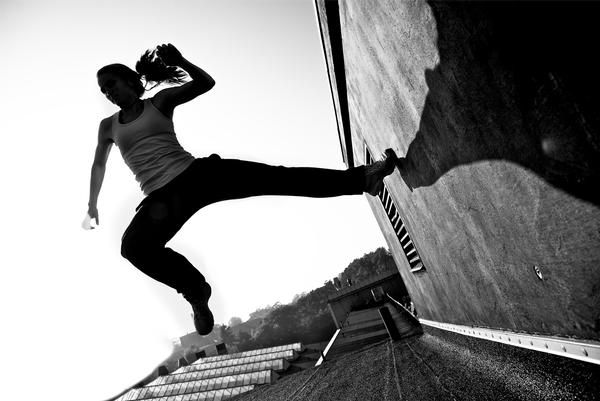
EXERCISE IS MEDICINE
EVIDENCE & DATA
As tracking devices get ever smarter and more accurate – with sensors monitoring a growing range of measures from activity levels, nutritional information, weight and sleep patterns to heart rate, blood pressure, blood sugar levels, respiratory rate and oxygen saturation – fitness facilities will be able to use these to provide extensive, robust data to prove both the effectiveness of, and adherence to, their programmes. With ‘evidence’ today’s buzzword, and the thing all health commissioners want to see from the fitness sector, expect to see these devices incorporated into all exercise referral schemes going forward.
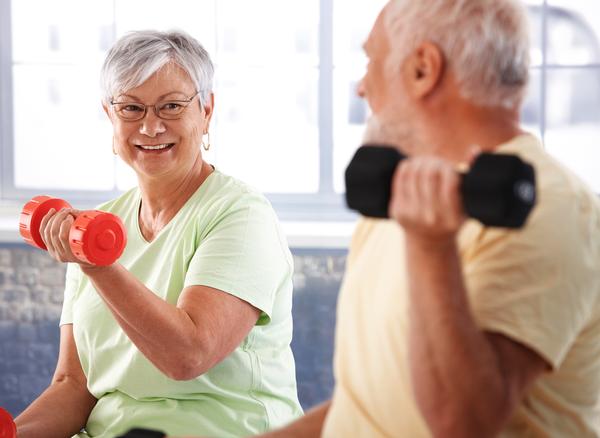
STRIKING A BALANCE
CELLULAR HEALTH
We anticipate increasing awareness of the importance of cellular health.
Many of the systems that run our bodies at a cellular level work through tensions between opposites; the balance between them determines our health. For example, the health of the gut – which underpins the immune system – relies on the balance between fungi and bacteria. If either dominate, our health is undermined: consume too much sugar or yeast and fungus flourishes, which leads to disorders such as candida, athletes foot and thrush. The cellular pump, which keeps our cells clean and our blood pressure healthy, relies on the correct balance between sodium and potassium in the body. Get the balance wrong and the result will be high blood pressure.
A wide range of health factors are reliant on balance – exercise and rest, acid and alkali, oxygen and carbon dioxide. Good balance means excellent cellular health and a greater likelihood of freedom from disease.
We expect to see a more widespread recognition of the importance of good cellular health, its role in the fundamental underpinning of wellbeing, and its importance as the ultimate tool in the prevention of disease. This subtle element of health is unseen and rarely researched, so education to raise awareness will be the first step.
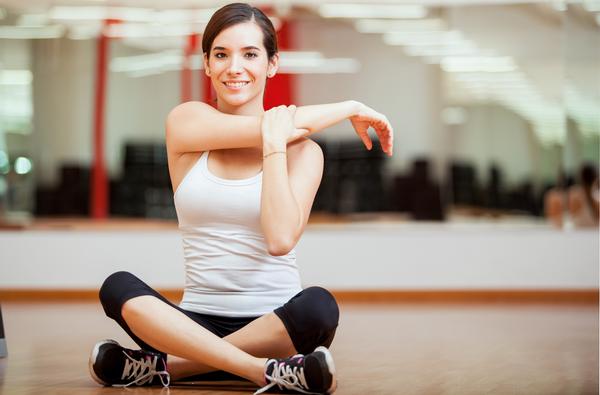
TOO MUCH OF A GOOD THING
OVER-NOURISHMENT
Millions of people take vitamin supplements for any number of reasons: to boost their health, give them better skin or even raise their sex drive. While some may benefit from specific supplementation, scientists are warning that taking extra vitamins without supervision could be a waste of money and may even be harmful. High doses of vitamin A, for example, could be linked to osteoporosis.

THE NEW SUPERFOODS
FATS & CARBS
Misinformation about the role fats and carbohydrates play in the body has led to many people excluding them from their diet.
However, we expect to see the reputation of these foods rehabilitated as people become better educated in holistic nutrition.
In his book Fats that Heal, Fats that Kill, Udo Erasmus makes the case for eating and absorbing the correct fatty acids in the diet to prevent and reverse a wide range of serious health disorders, from cancer to type 2 diabetes and arthritis. Meanwhile, carbohydrates are necessary for a range of functions, from the maintenance of nerve health to the production of testosterone.
Health clubs are perfectly placed to educate their members on these issues, and should also be striving to include the correct fats and carbs on in-club menus.

BEYOND THE GYM
ACTIVITY TRACKING
With the advent of smart watches, fitness apps and activity trackers – all of which give exercisers much more independence in their training – gyms will need to rethink what they stand for and how they support their members.
Forward-thinking operators will realise the hi-tech future rests not just with their own equipment, but with the activity trackers their members bring to the club. Rather than seeing these as a threat, clubs must allow their systems to interact with third-party apps and devices, so members can use their choice of system to track all their activity, wherever they are.
Treadmills that can personalise a workout based on data from a running app, sensors in-club that pick up a member’s recent exercise data and suggest a tailored programme for that day, smart scales that feed data back into the app, the option to stream a class live into a member’s home… The internet of things will make all this possible, ensuring gym workouts remain an integrated part of the jigsaw.
People might visit the gym less frequently, preferring to mix and match their activities, but clubs will always be able to offer motivation, a community feel and sense of accountability to a real person that solo training can struggle to deliver. Operators that recognise these selling points, and that appreciate the need to be a co-operative part of people’s broader exercise routines, will be the ones that succeed.

A CLASS ACT
VIRTUAL OFFERINGS
A number of health clubs are already providing virtual group exercise, whether to complement and feed in to live classes or as a standalone, virtual-only timetable.
However, the momentum is gathering and soon we’ll see health clubs transforming entire studios into cinema-style experiences, with surround-sound systems and floor-to-ceiling screens – potentially even wrap-around screens covering multiple walls of a studio. Group exercise will be less about an instructor standing in front of a class in a brightly lit, mirrored studio and more about an exciting audiovisual experience driven from the screen in which live instructors, where available, are freed up to offer personalised tips and motivation to class participants.
The Les Mills-Reebok ‘immersive fitness’ initiative has led the way. While this product will be too expensive for many, DLL in the UK and CMG in Paris have already committed to trialling the concept. In the long run, cinema-style visuals and sound that draw you in to a computer game world where you can’t help but get sucked in to the workout is an approach more operators will look to replicate.

LONELINESS
BAD FOR HEALTH
The number of people living alone has increased by 80 per cent in the last 15 years, rising to 277 million globally in 2011, according to Euromonitor. While ageing populations have contributed to statistics, the ‘cult of the individual’ has also intensified and more people of all ages are actively choosing to live alone. Figures are the highest in Sweden, where 47 per cent of households only have one person living in them, followed by the UK (34 per cent) and Japan (31 per cent).
Loneliness has dramatic ramifications for health: it can interfere with sleep, raise blood pressure, decrease immunity, increase depression, lower overall wellbeing and stimulate cortisol production. Lonely people are also twice as likely to die prematurely, say doctors.
Health clubs are ideal hubs to tackle loneliness. Whether through community outreach programmes or clubs-in-clubs, facilities could target the most vulnerable groups, offering physical activities, social meeting places and educational sessions on how to deal with loneliness.

SETTING THE RHYTHM
CIRCADIAN AWARE
Organising daily schedules around the body’s natural clocks – our circadian rhythms – can improve mental alertness and even enhance the immune system. Yet when these rhythms are disrupted – by work patterns, for example, or by the use of artificial light – our inner clocks are thrown.
We see high-end health clubs creating circadian-friendly environments by installing ‘healthy lights’ that emit different spectrums of light. These spectrums mimic the wavelengths of natural daylight with which our biological rhythms are in-synch.
We also see health clubs becoming more mindful of the timing of workouts and spa treatments. Is it possible to map an individual’s circadian rhythm and construct a personalised workout programme around that? Is there an optimum time to offer a more relaxing or energising massage? Many skin functions are circadian-rhythmic: oil production is twice as high at noon as between 2.00 and 4.00pm, and its temperature is higher in the evening. Of course, everyone has their own natural rhythm, but these guidelines could be used as a starting point to tailor facials.
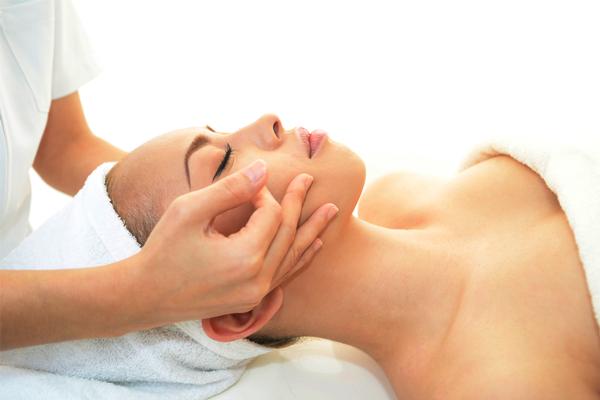
TO THE EXTREME
HARDCORE FITNESS
It’s not only fitness facilities that are polarising and diversifying into niches: high-end versus budget, specialist microgyms challenging full-service formats, outdoor versus indoor. The end consumer is also polarising, with the fitness savvy group becoming increasingly extreme in their activities.
Endurance events like Iron Man and Tough Mudder are drawing large numbers of participants; CrossFit is enjoying growing popularity, both in standalone facilities and in mainstream clubs; and the likes of Insanity, HIIT, Tabata and boot camps have joined the line-up on many clubs’ timetables.
As health clubs seek to grow their market and attract deconditioned people into their facilities – people who will be easily intimidated – they will have to be conscious of the very diverse needs and mindsets of an increasingly polarised user group.
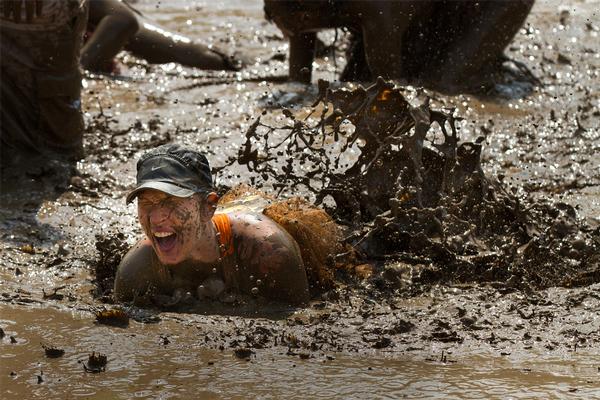
THERE’S A THOUGHT
NEUROPLASTICITY
A growing number of studies in the field of neuroplasticity show the brain is not the static organ we once believed it was. It has the ability to change, heal and renew itself, which can result in physical as well as mental changes.
Scientists of pyschoneuroimmunology, another fairly new field, have also found receptors for our emotional neurotransmitters (usually only located in the brain) in the cells of our immune system. It seems there’s a direct link between the mind and body.
To get optimum physical results, future fitness instructors will therefore start to look at how they can work with the mind. They’ll address how members are thinking and feeling internally to help treat their body.
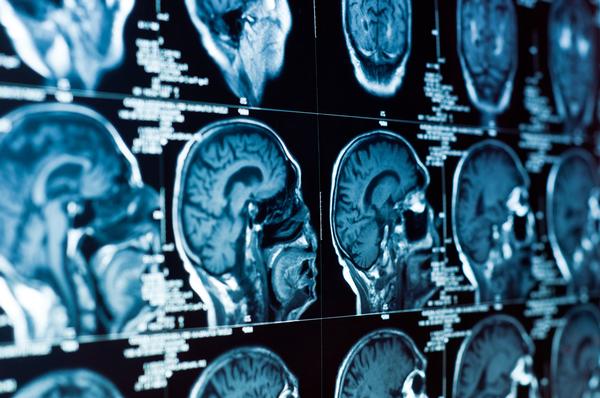
GLOBAL HOTSPOTS
OIL, GAS – AND SOLAR
Identifying global hotspots very early on in the process enables operators to unlock new markets for growth, by acquiring land and property and forming local partnerships to underpin business expansion.
Fitness Foresight™ is tracking emerging economies where wealth is based on the production of energy – specifically oil and gas in the short-term, but longer-term we expect this to broaden out to include access to solar power, as this option becomes more competitive.
The wealth generated by the harvesting of these natural resources is creating exciting opportunities for development in emerging nations such as Kazakhstan, Nigeria, Algeria, Angola and Azerbaijan, which have vast oil reserves, and Uzbekistan and Turkmenistan, which have gas.
Exciting longer-term opportunities will emerge for the global expansion of health club chains and franchises once a better infrastructure is in place, and this oil and gas wealth combines with more stable political situations.
And as solar gains market share, we’ll track the winners in that too. These are just as likely to be in the developed world. For example, in Australia solar has reached a tipping point where it’s cheaper than coal.
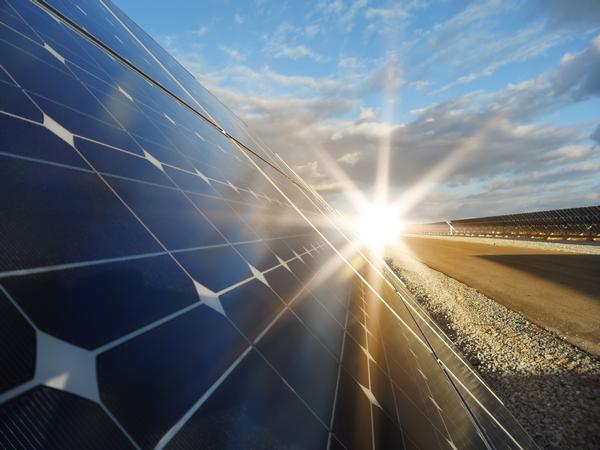
ABOUT THE AUTHORS
Kate Cracknell is editor of Health Club Management magazine and the Health Club Management Handbook. She previously worked as global account director for advertising agency J Walter Thompson, based in the London office.
E: [email protected]
T: @HealthClubKate
Liz Terry has been writing about and analysing the global leisure industries since 1983. She’s managing director of Leisure Media, which includes Health Club Management in its portfolio of leisure-focused magazines.
E: [email protected]
T: @elizterry













